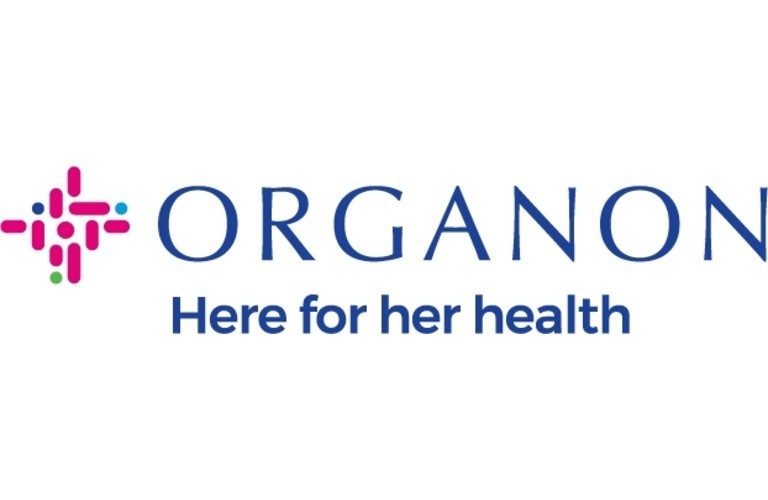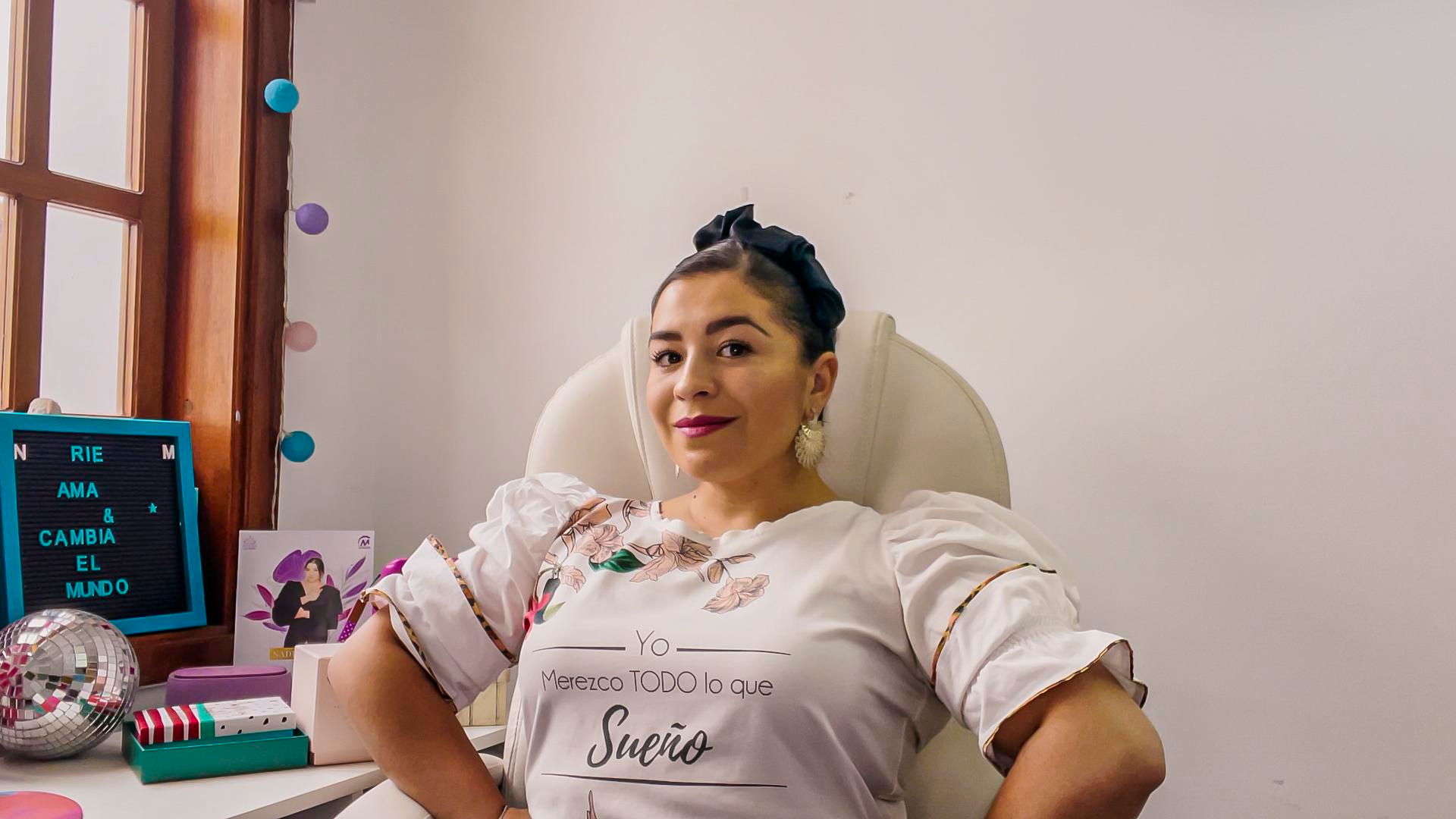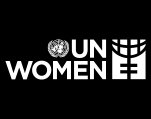World Woman Hour in collaboration with Organon, honors a trailblazer in a critical area of women’s health. Your heart is the organ that keeps the rest of you going, ideally throughout a long and vigorous life. But heart disease is the leading cause of death among women worldwide—more so than cancer. And for many years, women’s heart problems often haven’t been diagnosed or treated properly, due to the incorrect belief that these problems can be approached in the same ways as heart problems in men.
Dr. Angela H.E.M. Maas, a cardiologist and PhD-holding scientist, is prominent among those who’ve been working to change the situation. Over her career she has introduced new medical practices, contributed research, fought resistance, and networked globally to promote female-specific cardiology. Angela is co-author of the Manual of Gynecardiology, a textbook for health professionals, and also the author of a new and highly readable book for everyone, A Woman’s Heart: Why female heart health really matters.

Currently Dr. Maas is professor of cardiology and Managing Director at Radboud University Medical Centre in The Netherlands, her home country. In an interview with World Woman Hour, she told the stories behind a quest that continues to this day.
Q: How did you become involved in this work?
Dr. Angela H.E.M. Maas: My father was a general practitioner and from my early years on, I always wanted to be a doctor. I was trained in cardiology in the Netherlands in the 1980s—and it was a bit strange during my training. The standard patient was the male patient. And when I began as a cardiologist in 1988, I realized that I couldn’t answer the questions of my female patients properly. They would ask me often, “What is the reason for my symptoms? Why do I have chest pain?” And I didn’t have the appropriate answers.
Then in ‘91, the first scientific publications appeared saying that there may be differences between men and women with heart disease. So it all fell together about 30 years ago—the questions of my patients, the publications in the medical journals—and I started to read everything that was published, and I have been following this path since then.
There are so many differences between men and women: in the cardiac vessels, in the heart muscle itself with aging, and much more. And yet still, after all these years, female patients are often treated like male patients. We have made a lot of progress in our knowledge but clinical practice lags behind. We need more education for the next generation of cardiologists, so they can learn how to practice with an awareness of gender differences.
Also, the cardiology community hasn’t been very friendly for women. Not for female patients and not for women cardiologists, either. So we also have to change the culture of cardiology to make it a more women-friendly discipline.
Q: Does this mean that your work ties in with larger issues of equality for women?
Angela: Yes. I remember that when I began as a student in the 1970s, I was quite involved with the second feminist movement. I thought it was important for women to be economically independent; to have equal rights. And when I look back now, I think what I’ve done as a cardiologist is that I’ve incorporated women’s rights for equal health care in my work. Female patients have equal rights to be treated according to the current standards and current insights of cardiology.
Q: You said that women’s heart care needs to be different from men’s because their hearts and blood vessels are physically different—but you also implied there are many other reasons. Can you explain some of those?
Angela: We have to take into account that the life course of men and women is quite different. Women have pregnancies, of course, or they are treated for infertility. These kinds of events may impose a higher risk for cardiovascular disease. Women also may have menopause at a young age or at a later age. And, with aging, comorbidities [the presence of two or more medical conditions at the same time] are quite different among men and women. Perhaps these are not exactly risk factors, but they are risk variables that also count for estimating their cardiovascular risk.
So we have to look more at the whole context of our female patients, which is different than it is for men. This includes socioeconomic factors. We know that men still earn more than women, and that women often have a single-mom household with children. And when we talk about stress, the genders react differently to it. Stress imposes a different kind of risk in men and women.
Over the past decade or so, we are seeing more myocardial infarctions [i.e., heart attacks] in women in the younger age group, between 40 and 60 years old, and these are different kinds of myocardial infarctions. They are not caused by atherosclerosis [“hardening of the arteries,” a common cause]. Instead they are caused, for instance, by facial spasms, or by dissection of one of the coronary arteries [the spontaneous ripping of such a blood vessel]. These kinds of myocardial infarctions don’t happen very often in men, so our society also imposes new problems for our female patients.
Q: Other women leaders have pointed out that it’s challenging work to be a change-maker. Can you talk about difficulties or setbacks you have faced and how you dealt with them?
Angela: I have encountered a lot of resistance among my cardiologist colleagues over the past 30 years. It wasn’t easy to bring a new way of gender-sensitive cardiology into the outpatient clinic. I’ve had hate mail and phone calls. Some colleagues have even threatened me with lawsuits, saying that I didn’t treat my patients according to the male standards that we all had learned.
But with ongoing progress in the scientific field, with more knowledge about sex and gender differences in cardiology, I’ve always felt the strength just to continue. Several times over the past years I also had a coach, a kind of therapist, to help me not to become frustrated. To keep on going with my goals and to help me to get my life’s work done.
I’ve also learned a lot from my colleagues abroad. We now have a very big network of female cardiologists in North and South America, in Asia, and in other places who are joined together in the Women As One organization. Women As One is a virtual network started some years ago by a few cardiologists from the U.S. and France. It’s very motivating to be in contact with each other, to support each other, and even to write papers together to bring important messages to the public and into the cardiology community. We also raise money for the younger generation, to fund fellowships to support their research projects. So by joining together, as female cardiologists, we are bringing health care for women to a higher level.
Q: In addition to having healthy habits, is there anything that we women can do to help improve our cardiac care in the future?
Angela: An important change we have seen in women patients themselves is that by using the internet, they have learned to ask more questions, and they ask very good questions. We need them to be more involved with the choices that we make in diagnostics, in treatment, et cetera. So patient involvement in the future will be helpful, and also home monitoring, for instance of blood pressure. High blood pressure is the most important risk factor and it is a deadly risk factor. So women can help themselves to diagnose hypertension—especially women after hypertensive pregnancy disorders. These women are at elevated risk to develop hypertension at a young age.
The point is that women can help their doctors to establish the most appropriate diagnosis. We now need to collaborate better together, doctors and patients, and to discuss what is good or what’s not good to do.
Q: Finally, what advice would you give to younger women entering the health and medical professions today?
Angela: To younger cardiologists or doctors, or to any women, I would say: Try to learn. Throughout your whole life. By learning from others—as well as from papers and books, and from education—we can influence our current society, which is still quite male-oriented, in positive ways.
Also, read books about women and what they have accomplished. You can learn from the lives of other women. We ourselves can inspire other women, too, even women who live around the world in places far away.
And for women who are already in the health fields: There was a report from the World Health Organization in 2019 showing that about 70% of the workers in health care are women, but less than 25% of the leading positions are held by women. So I would say to every woman in health care, that if you can get a higher position or a more leading position—just go for it. You will manage. We need more women in the higher positions, to change the culture and also to drive changes in clinical practice. In order to change things, you need power.

















Thank you for sharing excellent informations. Your site is very cool. I’m impressed by the details that you have on this website. It reveals how nicely you perceive this subject. Bookmarked this web page, will come back for extra articles. You, my pal, ROCK! I found simply the info I already searched all over the place and just could not come across. What a great website.
This really answered my downside, thank you!
I’ve been absent for a while, but now I remember why I used to love this site. Thanks, I’ll try and check back more often. How frequently you update your site?